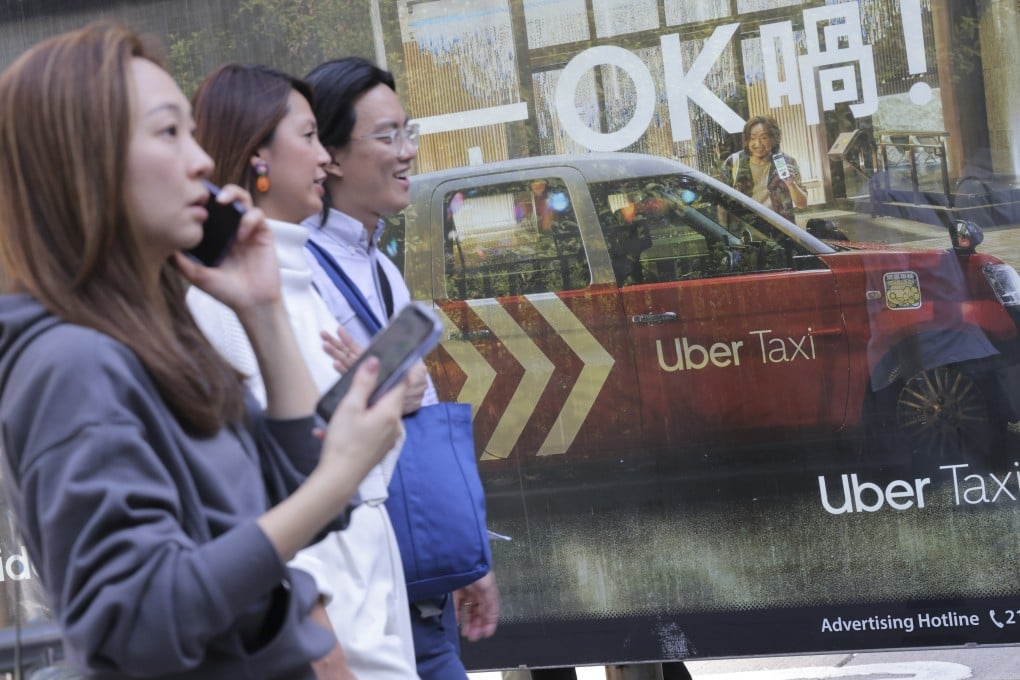Opinion | 4 ways Hong Kong can make ride-hailing work for drivers and customers
- A gradual roll-out and emphasis on accessibility and ‘smart mobility’ can help the city smoothly introduce ride-hailing apps into its transport system

An innovative, proportionate framework could encourage standardisation and the orderly expansion of services. With careful oversight and opportunities for open dialogue, policymakers have a chance to foster sustainable development, increased consumer choice and economic benefits from new transport technologies.
If a licensing framework for ride-hailing operations can be established, regulators would be wise to adopt an incremental and demand-driven approach. Careful phasing of new permits based on transport needs could help mitigate sudden disruption to existing taxi services while accommodating consumer interest in innovative mobility solutions.
Strict prohibitions on the resale of licences could guard against speculative practices and ensure resources are allocated to legitimate businesses. A gradual roll-out could help the transition, giving established operators time to adapt and enabling new entrants to participate effectively. With open communication and a focus on balanced growth, policymakers can implement sustainable reforms that benefit all stakeholders involved.

